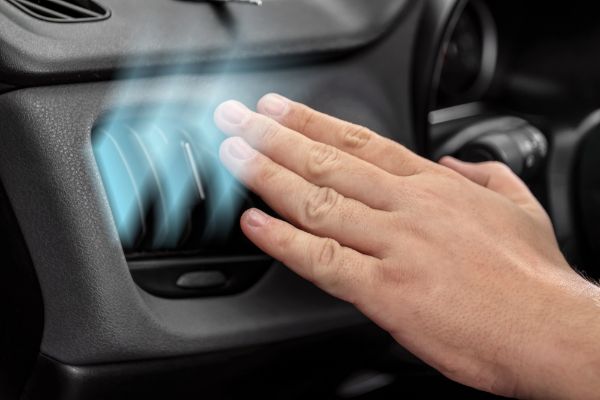HVAC System Failures: What It Means When Your Vehicle Won’t Heat or Cool
Posted on 1, May, 2025

Your vehicle’s HVAC system controls the heating, ventilation, and air conditioning. It keeps the air warm in winter and cool in summer. If your vents blow no air, the wrong temperature, or strange smells, your HVAC system may be failing. These problems can happen without warning. A broken HVAC system can make driving very hard in hot or cold weather. Heating and cooling problems are often caused by worn parts, broken fans, or leaks in the system. When you notice your vehicle won’t heat or cool, it is time to check the HVAC system right away.
Common Problems That Stop Heat and AC
The blower motor pushes air through the vents. If it stops working, no air comes out, even if the rest of the HVAC system is fine. A bad blower resistor can also stop the fan from working at some speeds. If the air only blows at one speed, this could be the cause. The A/C compressor is what makes the air cold. If it fails, you will only feel warm or hot air. You may hear a clicking noise or see the compressor not turning. A broken compressor clutch can also stop cooling. If your vehicle won’t heat, it may be a bad heater core or stuck blend door. The blend door mixes hot and cold air. If it is stuck, you may get the wrong temperature.
Leaks and Clogged Filters in the HVAC System
HVAC systems can lose refrigerant over time. A leak in the A/C system can cause warm air to blow instead of cold. Common leak spots are hoses, seals, and the evaporator. A UV dye test can help find small leaks. If you smell something musty or see fog on the windows, you may have a clogged cabin air filter or moisture build-up in the vents. A dirty cabin filter can block airflow. It may also blow dust or bad smells into the vehicle. Replacing the filter can make the system work better. Leaks and blockages make the system work harder and can lead to full failure if not fixed.
When to Schedule HVAC Repair
HVAC repairs should be done as soon as you notice a problem. If your vehicle will not heat or cool, driving can be unsafe. A working HVAC system keeps windows clear and helps with visibility. It also keeps you comfortable while driving. At the first sign of weak airflow, strange smells, or temperature problems, schedule a service visit. An expert can check the blower motor, compressor, heater core, and other parts. They can also test for leaks and check the refrigerant level. Fixing small HVAC problems early can stop bigger repairs later and keep your heating and cooling system working right.
HVAC Repair Services at BCA
If your vehicle isn’t heating or cooling the way it should, BCA is here to help. Our skilled technicians check every part of the HVAC system, from the blower motor to the A/C compressor. We find the problem fast and fix it right. Call us at (303) 377-4180 or visit Bill's Crestmoor Automotive to schedule your HVAC system check today.

